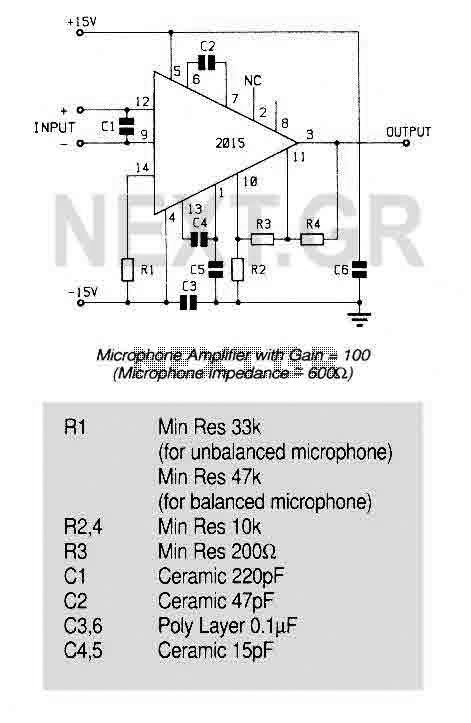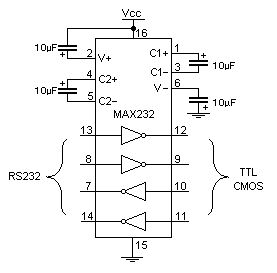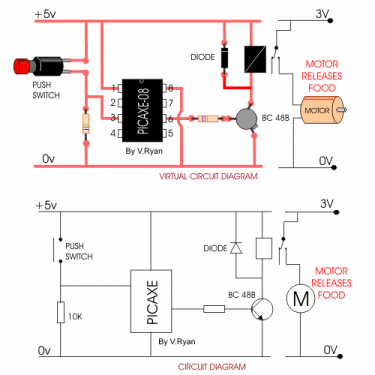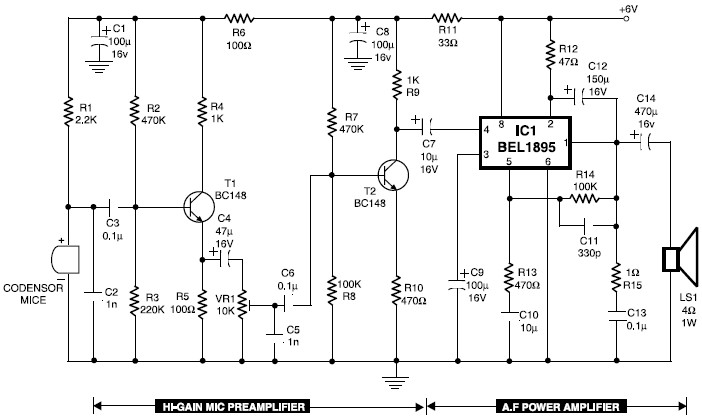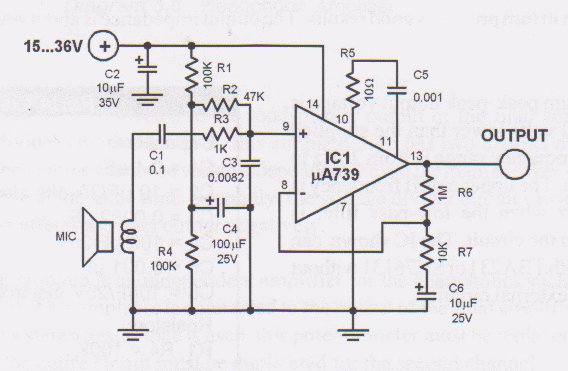
Mic Pre-Amp with Clipping
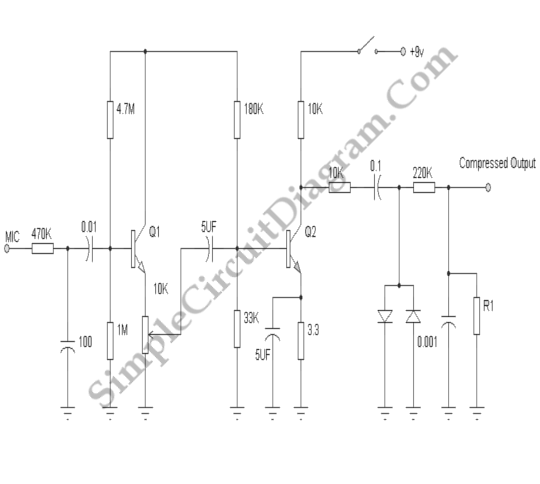
Signal clipping is typically avoided in most applications, but there are useful examples where clipping is intentionally employed in audio processing.
Signal clipping refers to the distortion that occurs when an audio signal exceeds the maximum voltage level that a system can handle. In many cases, this phenomenon is undesirable, as it can lead to a loss of audio fidelity and introduce unwanted harmonics. However, in specific audio processing applications, clipping can be utilized creatively to enhance sound characteristics.
One common example of intentional clipping is in electric guitar amplification. Guitarists often use overdrive or distortion pedals to achieve a clipped sound, which adds warmth and sustain to the instrument's tone. This effect is achieved by deliberately driving the amplifier to its limits, resulting in a saturated sound that is rich in harmonic content.
In mixing and mastering, engineers may also apply clipping as a form of dynamic control. By using digital clipping tools, they can limit peaks in an audio track while simultaneously enhancing perceived loudness. This technique can be particularly effective in genres such as rock and electronic music, where a more aggressive sound is desired.
Additionally, clipping can be employed in sound design to create unique audio textures. By manipulating the gain structure of a signal and applying clipping, sound designers can generate interesting artifacts that contribute to the overall sonic palette of a track.
In summary, while signal clipping is often regarded as a flaw in audio processing, it can also serve as a valuable tool in various creative contexts, allowing for the enhancement of musical elements and the exploration of new sound possibilities.Signal clipping is usually avoided in most application, but we can find some useful examples where clipping is intentionally employed in audio processing. One . 🔗 External reference
Signal clipping refers to the distortion that occurs when an audio signal exceeds the maximum voltage level that a system can handle. In many cases, this phenomenon is undesirable, as it can lead to a loss of audio fidelity and introduce unwanted harmonics. However, in specific audio processing applications, clipping can be utilized creatively to enhance sound characteristics.
One common example of intentional clipping is in electric guitar amplification. Guitarists often use overdrive or distortion pedals to achieve a clipped sound, which adds warmth and sustain to the instrument's tone. This effect is achieved by deliberately driving the amplifier to its limits, resulting in a saturated sound that is rich in harmonic content.
In mixing and mastering, engineers may also apply clipping as a form of dynamic control. By using digital clipping tools, they can limit peaks in an audio track while simultaneously enhancing perceived loudness. This technique can be particularly effective in genres such as rock and electronic music, where a more aggressive sound is desired.
Additionally, clipping can be employed in sound design to create unique audio textures. By manipulating the gain structure of a signal and applying clipping, sound designers can generate interesting artifacts that contribute to the overall sonic palette of a track.
In summary, while signal clipping is often regarded as a flaw in audio processing, it can also serve as a valuable tool in various creative contexts, allowing for the enhancement of musical elements and the exploration of new sound possibilities.Signal clipping is usually avoided in most application, but we can find some useful examples where clipping is intentionally employed in audio processing. One . 🔗 External reference
%2B2%2BCH%2Bby%2BIC%2B%2BNE5532%2Bor%2BLF353.jpg)
